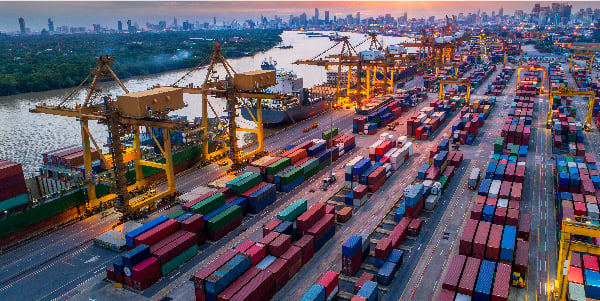
Zambia’s Main Imported Goods
Zambia, a landlocked country in southern Africa, relies heavily on imports to support its economy and industries. The nation’s imports span a variety of sectors, including machinery, fuel, food, and manufactured goods. Below is an overview of Zambia’s main imported goods:
1. Machinery and Equipment
Machinery, including industrial and mining equipment, is one of Zambia’s top imports. The country’s mining sector, which is a key driver of the economy, requires specialized equipment such as drilling machines, crushers, and conveyors. Additionally, Zambia imports agricultural machinery like tractors, harvesters, and irrigation systems to support its farming industry.
2. Petroleum and Fuel Products
As a landlocked country, Zambia does not produce its own crude oil and relies on imports for fuel. Petroleum products, including diesel, petrol, and aviation fuel, are crucial for transportation, electricity generation, and industrial activities. Most of these imports come from South Africa and the Middle East.
3. Vehicles and Automotive Parts
Zambia imports a significant number of vehicles, including cars, trucks, and buses, primarily from Japan, South Africa, and the European Union. Spare parts for maintenance and repair are also in high demand, supporting both the commercial and private transport sectors.
4. Pharmaceuticals and Medical Supplies
The country depends on imports for medicines, medical equipment, and vaccines. Pharmaceuticals are sourced from India, China, and Europe to support Zambia’s healthcare system. The COVID-19 pandemic further emphasized the importance of medical imports.
5. Electrical and Electronic Equipment
Zambia imports electrical appliances, including transformers, generators, and consumer electronics such as televisions, computers, and mobile phones. These products are essential for businesses, homes, and government institutions.
6. Food and Agricultural Products
Although Zambia is an agricultural country, it still imports significant quantities of food products such as wheat, rice, processed foods, and edible oils. These imports help meet consumer demand and compensate for production shortfalls.
7. Fertilizers and Agrochemicals
To boost agricultural production, Zambia imports fertilizers, pesticides, and herbicides from countries like China and South Africa. These inputs are critical for increasing crop yields and supporting the country’s farming industry.
8. Construction Materials
With Zambia’s growing infrastructure development, imports of cement, steel, and other construction materials have increased. These materials support road construction, housing, and commercial building projects.
9. Consumer Goods and Clothing
Imported clothing, footwear, and household goods are widely sold in Zambia’s markets. Many of these products come from China, South Africa, and India, catering to the diverse needs of consumers.
10. Chemicals and Plastics
Zambia imports chemicals used in manufacturing, mining, and agriculture. Plastics, packaging materials, and industrial chemicals are sourced from regional and international markets.
Conclusion
Zambia’s economy depends on a broad range of imports, from industrial machinery to essential consumer goods. The country’s major trading partners include China, South Africa, the United Arab Emirates, India, and the European Union. These imports support key industries such as mining, agriculture, healthcare, and infrastructure, contributing to Zambia’s economic development.






Leave a Reply